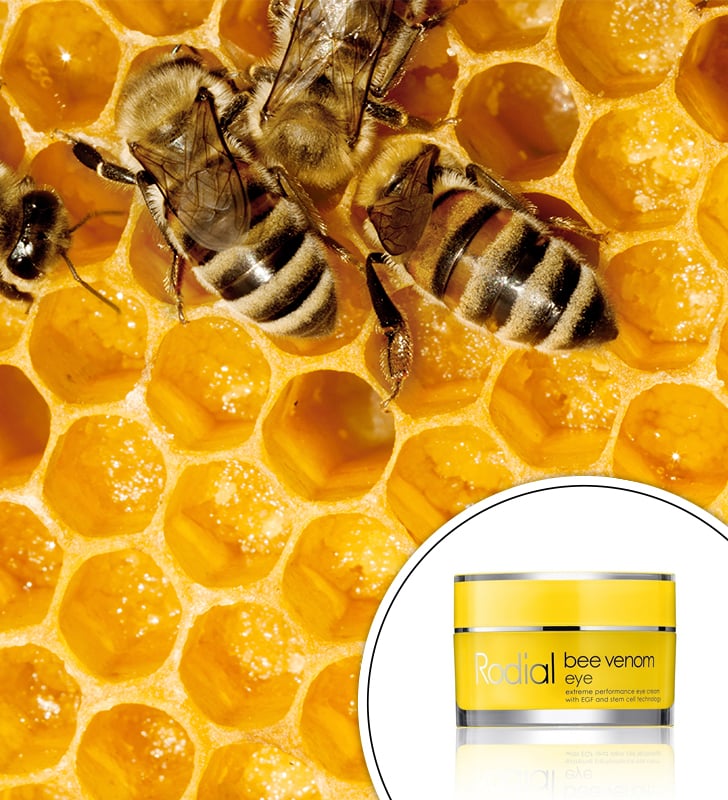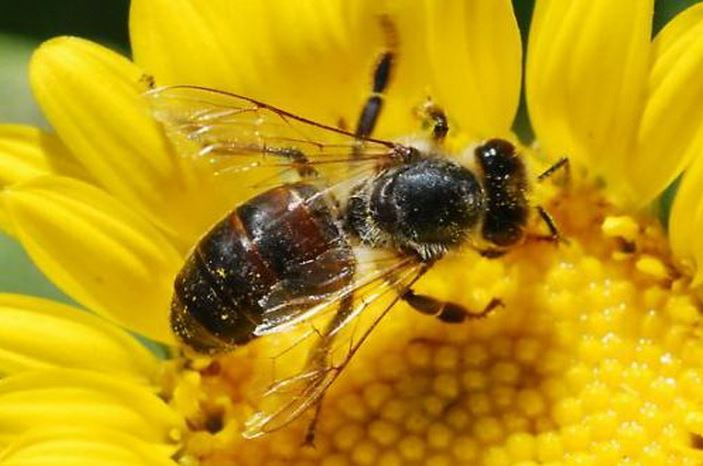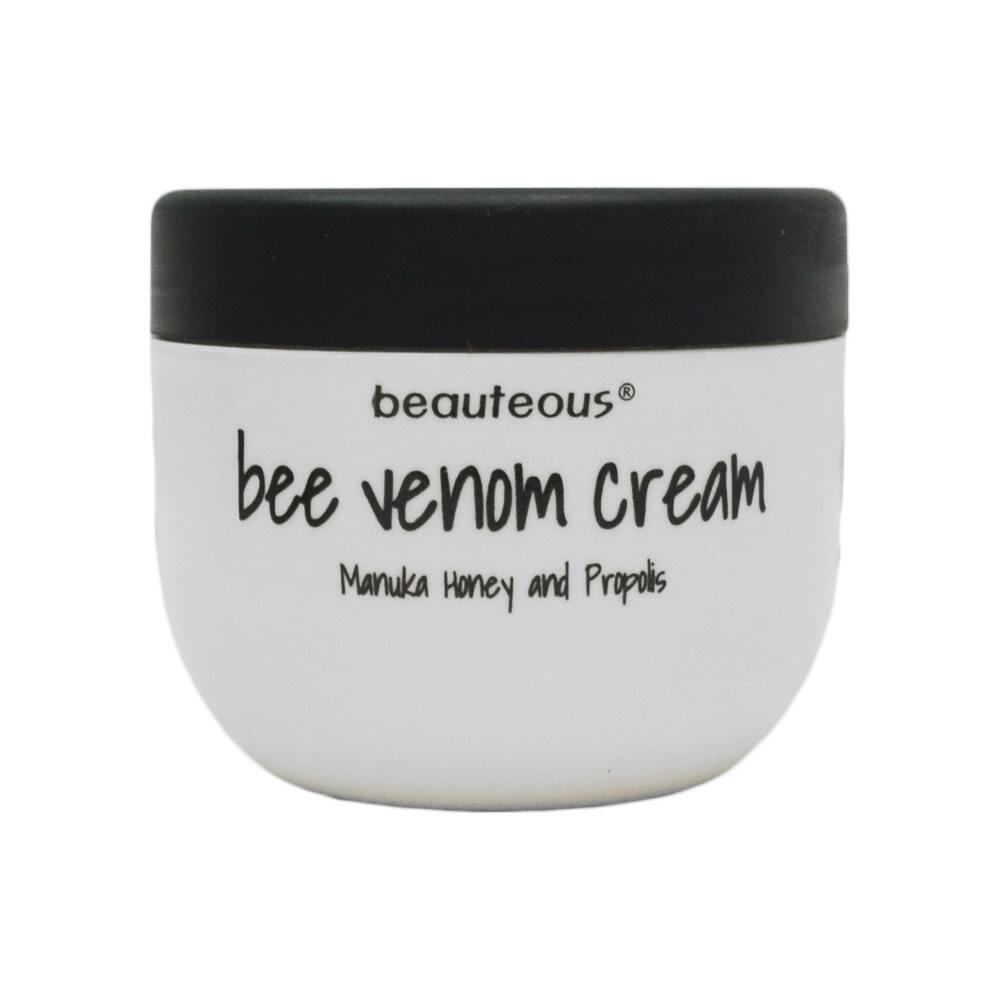
Various adverse reactions have been reported with bee venom from a sting or therapy. ContraindicationsĬontraindications have not been identified. DosingĬlinical evidence is lacking to guide dosing of bee venom. See also the Honeybee Products monograph for information related to honey, propolis, and royal jelly. Systematic reviews suggest anti-inflammatory and analgesic effects. Clinical Overview Useīee venom is used to hyposensitize individuals highly sensitive to bee stings. Accessed July 24, 2019.Common Name(s): Bee venom, Honeybee venom Rochester, Minn.: Mayo Foundation for Medical Education and Research 2019. Philadelphia, Pa.: Saunders Elsevier 2014. In: Rosen's Emergency Medicine: Concepts and Clinical Practice. American College of Emergency Physicians. American Academy of Allergy, Asthma & Immunology.

Bee, yellow jacket, wasp and Hymenoptera stings: Reaction types and acute management. How can I prevent this reaction from happening again?ĭon't hesitate to ask other questions, as well.If I have an allergic reaction, do I need to use emergency medication such as an epinephrine autoinjector (EpiPen, Auvi-Q, others)?.Some questions you might want to ask your doctor include: What medications you take, including herbal remedies.Whether you have other allergies, such as hay fever.Whether you've had an allergic reaction to an insect sting in the past, even if it was minor.What symptoms you had after getting stung.Your doctor or allergist will do a thorough physical examination and will want to know: He or she may refer you to an allergy specialist (allergist) who can determine whether you're allergic to bee or other insect venom and can help you find ways to prevent future allergic reactions. If you've had a serious reaction to a bee sting but did not seek emergency treatment, consult your doctor. This will worsen itching and swelling and increase your risk of infection.īee and other insect stings are a common cause of anaphylaxis. If itching or swelling is bothersome, take an oral antihistamine that contains diphenhydramine (Benadryl) or chlorpheniramine.Apply hydrocortisone cream or calamine lotion to ease redness, itching or swelling.If the sting is on an arm or leg, elevate it.You might try ibuprofen (Advil, Motrin IB, others) to help ease discomfort. Take an over-the-counter pain reliever as needed.Wash the affected area with soap and water.The following steps may help ease the swelling and itching often associated with large local reactions: Wash the sting area with soap and water.Other stinging insects, such as wasps, do not. A stinger may not be present, as only bees leave their stingers.
#BEE VENOM SKIN#
Don't try to remove a stinger below the skin surface.

If a bee stings you or your child, follow the suggestions below. These shots, generally given regularly for a few years, can reduce or eliminate your allergic response to bee venom. If you've had a serious reaction to a bee sting or multiple stings, your doctor likely will refer you to an allergist for allergy testing and consideration of allergy shots (immunotherapy).

Allergy shotsīee and other insect stings are a common cause of anaphylaxis. Medical personnel called in to respond to a severe anaphylactic reaction also may give you an epinephrine injection or another medication.Ĭonsider wearing an alert bracelet that identifies your allergy to bee or other insect stings.
#BEE VENOM HOW TO#
Also, make sure the people closest to you know how to administer the drug - if they're with you in an anaphylactic emergency, they could save your life. Always be sure to replace epinephrine by its expiration date.īe sure you know how to use the autoinjector. An autoinjector is a combined syringe and concealed needle that injects a single dose of medication when pressed against your thigh. You'll need to have it with you at all times. If you're allergic to bee stings, your doctor is likely to prescribe an emergency epinephrine autoinjector (EpiPen, Auvi-Q, others). A beta agonist (such as albuterol) to relieve breathing symptoms.Intravenous (IV) antihistamines and cortisone to reduce inflammation of your air passages and improve breathing.Epinephrine (adrenaline) to reduce your body's allergic response.

Emergency treatment for allergic reactionsĭuring an anaphylactic attack, an emergency medical team may perform cardiopulmonary resuscitation (CPR) if you stop breathing or your heart stops beating. Multiple stings or an allergic reaction, on the other hand, can be a medical emergency that requires immediate treatment. For ordinary bee stings that do not cause an allergic reaction, home treatment is enough.


 0 kommentar(er)
0 kommentar(er)
